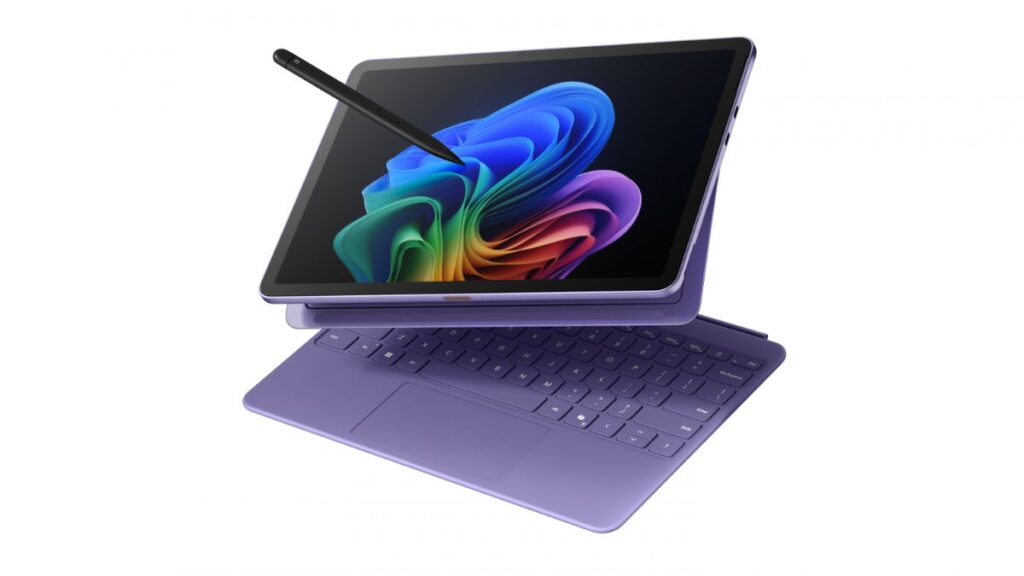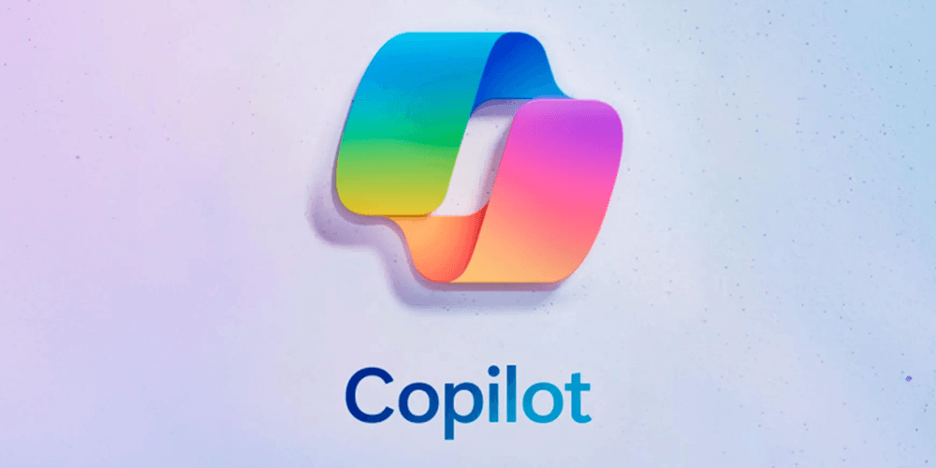Every time Microsoft comes out with a new version of Windows, or a new version of Microsoft Office–or anything really–there is a vocal minority who angrily object. They accuse Microsoft, which they fondly rename “Micro$oft” or “M$” for short of just being greedy, and trying to find new ways to get money from customers.
News flash! Microsoft IS trying to find new ways to get money from customers. It has a duty and obligation as a publicly-traded corporation to do so. I don’t hear anyone calling it a greedy conspiracy when Ford produces a new version of the Mustang every year, or when McDonald’s introduces a new sandwich.
Yes, Microsoft wants customers to spend money. That is how it manages to stay in business to continue making new things. It’s called capitalism. Yesterday, Microsoft announced that Windows 10 will be free for the first year for anyone with Windows 7 or later–taking the wind out of the sails of the “greedy M$” argument.
I wrote a blog post about it:
Microsoft held a media event in Redmond today to unveil the latest build of the Windows 10 Technical Preview. Microsoft executives unveiled a variety of cool new features, but one announcement stands out because it takes away one of the major objections to upgrading to a new version of Windows: cost.
You get Windows 10! And, You Get Windows 10!
Microsoft unleashed its inner-Oprah today and revealed that customers running Windows 7 or newer will be able to download Windows 10 for free for the first year of its release. There is still speculation about Microsoft changing Windows over to an ongoing subscription model like Office 365, but Microsoft CEO Satya Nadella clarified after the event that there is no plan to change the primary business model for Windows.
Susan Bradley, a Microsoft MVP and writer for Windows Secrets, relayed that Nadella reiterated to journalists that all customers running Windows 7, Windows 8.1 and Windows Phone 8.1 will be able to upgrade to Windows 10 for free within a one-year period following the operating system’s launch later this year. After that one-year window (no pun intended) expires, users will have to pay for Windows, just as they always have. Those who have already downloaded it for free get to keep it forever, though. It won’t suddenly expire or require customers to pay when the one-year period is up.
Entitlement mentality
The backlash when support for Windows XP expired was incredible. Almost a year after official support for the operating system ended, it still owns nearly 20 percent of the desktop OS market—more than Windows 8 and Windows 8.1 combined, and second only to Windows 7, which has more than 56 percent of the desktop market.
Read the full post at Forbes: Free Windows 10 Unravels Key Microsoft-Bashing Fodder.
- Why Data Security Is the Real AI Risk - June 30, 2025
- Why Being Bold Matters in Cybersecurity—and Branding - June 3, 2025
- Gear Tested and Approved: My Top Picks for Dads and Grads This Season - May 28, 2025




Comments are closed.